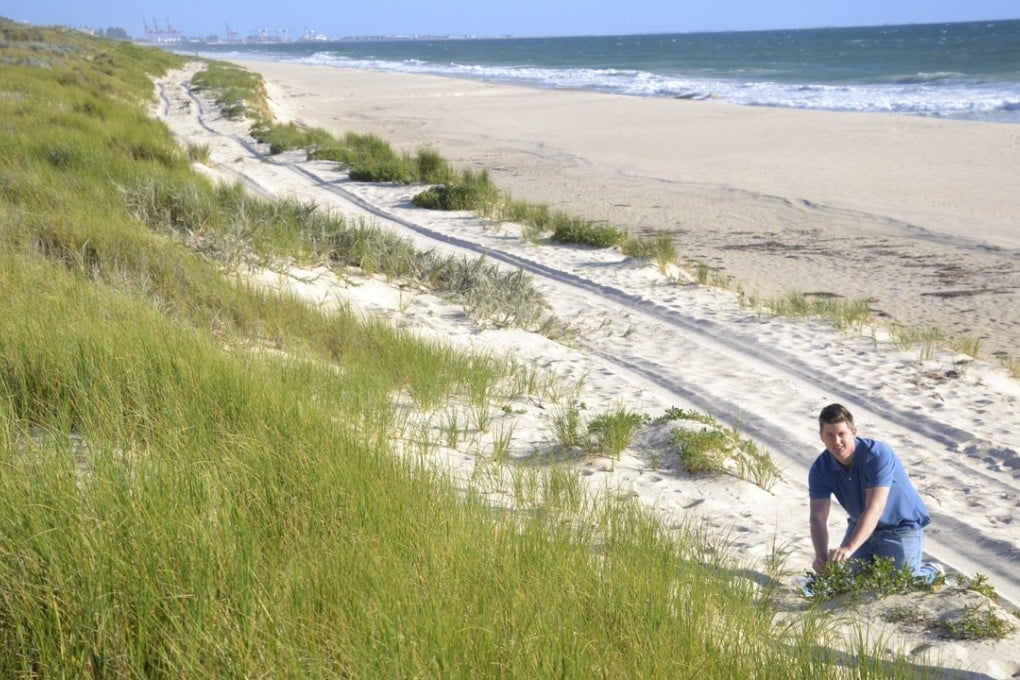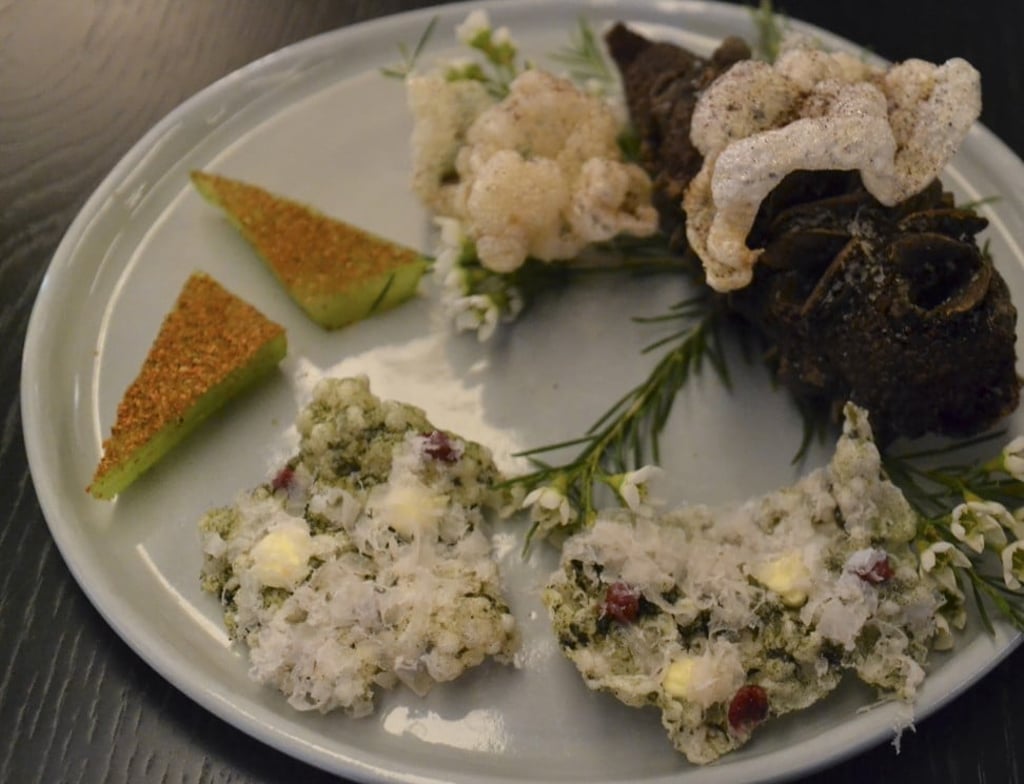How one Australian chef is using locally foraged food to create dishes of unimaginable flavour
Saltbush, wattle seeds, dune spinach – it’s all on chef Jed Gerrard’s menu at Wildflower in Perth, gathered from the local area and infused in spectacular dishes that reflect indigenous seasons. We joined him on a foraging trip

“Can you smell that? It’s our bush perfume.”
The scent of boronia flowers is heady and distinct in the already fragrant environment of Perth’s Kings Park. Sweet and peppery on the nose, it is a rare bloom to come across, found mainly in Western Australia and Tasmania.
The man sharing his vast knowledge of – and passion for – the local flora and fauna is Dr Richard Walley, a member of the Nyoongar cultural group. He is also one of Australia’s leading indigenous performers, musicians and writers, not to mention a committed campaigner. His people have inhabited the region for an unimaginably long time.
Three Taipei restaurants using locally sourced ingredients to create stunning dishes
“We’ve been here for 2,000 generations – around 60,000 years. Our tribal land is as big as France.” He says this in such a matter-of-fact way that you have to stop and think for a second to take it all in.
We are standing in Perth’s early autumn sunshine as part of the Wildflower Experience, an initiative from the city’s Como The Treasury hotel. The experience takes guests on a culinary journey, which starts with exploring indigenous Australian produce at its source before tasting some of it in well-crafted dishes put together by hotel executive chef Jed Gerrard at the aptly named Wildflower restaurant.

The state of Western Australia is home to more than 12,000 species of wild flower, many of which are unique to the region. The Nyoongar people have long followed the subtle changes in their environment, letting themselves be guided by nature and the seasonal changes observed in the wildflowers.